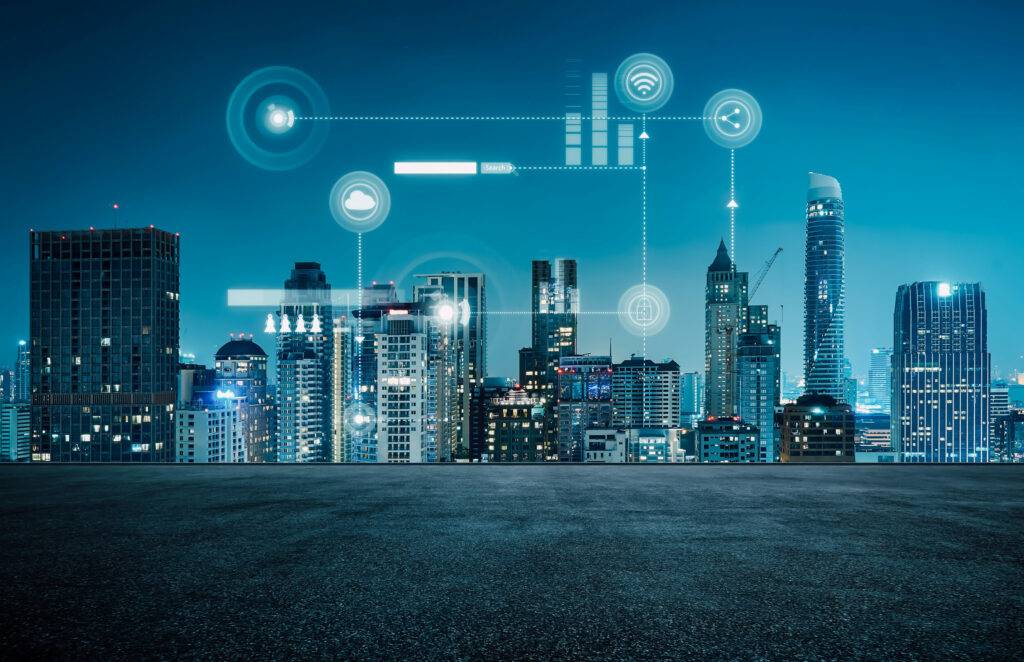Demystifying Smart Buildings : A Beginner's Guide to Building Intelligence with KOIOC

Introduction
The term “smart building” encompasses a range of technologies and systems designed to enhance efficiency, sustainability, and user experience within a structure. At its core, a smart building integrates various sensors, devices, and technologies that communicate and collaborate to optimize performance.
Key Components of Smart Buildings
- Internet of Things (IoT): Central to smart buildings is the integration of Koioc’s IoT devices. These devices, equipped with sensors and connectivity, gather data on various aspects of the building’s environment.
- Building Management Systems (BMS): Koioc’s BMS acts as the brain of the smart building, processing data from IoT devices and making real-time decisions to optimize building performance.
- Energy Management: Smart buildings with Koioc focus on energy efficiency, utilizing sensors and automation to optimize lighting, heating, and cooling systems based on occupancy and environmental conditions.
- Security Systems: Advanced security systems, including access control and surveillance from Koioc, contribute to the safety and well-being of occupants.
Benefits of Smart Buildings with Koioc
- Energy Savings: The dynamic control of lighting, HVAC, and other systems leads to significant energy savings with Koioc, reducing environmental impact and operational costs.
- Enhanced Comfort: Smart buildings with Koioc create environments that adapt to the preferences and needs of occupants, fostering a more comfortable and productive atmosphere.
- Predictive Maintenance: By analyzing data from sensors, smart buildings with Koioc can predict equipment failures, allowing for proactive maintenance and minimizing downtime.
Overcoming Challenges
While the benefits of smart buildings are compelling, challenges such as interoperability, cybersecurity, and the integration of legacy systems must be addressed. Koioc’s ongoing advancements in technology aim to overcome these hurdles, ensuring the seamless integration and operation of smart building solutions.
Conclusion
Demystifying smart buildings is essential for those entering the realm of intelligent architecture. By understanding the key components, benefits, and challenges, individuals can appreciate the transformative potential of smart buildings with Koioc in creating sustainable, efficient, and user-friendly spaces.
